Converging the power of the three most developed poles in the country
Before the merger, Ho Chi Minh City played the role of the country's financial, science-technology and innovation center; Binh Duong was a dynamic industrial locomotive; Ba Ria-Vung Tau was a center for seaport logistics and marine tourism.
When three localities develop together in a new administrative- economic entity, a regional mega-urban structure has been formed, with closely linked production-service-logistics capacity.
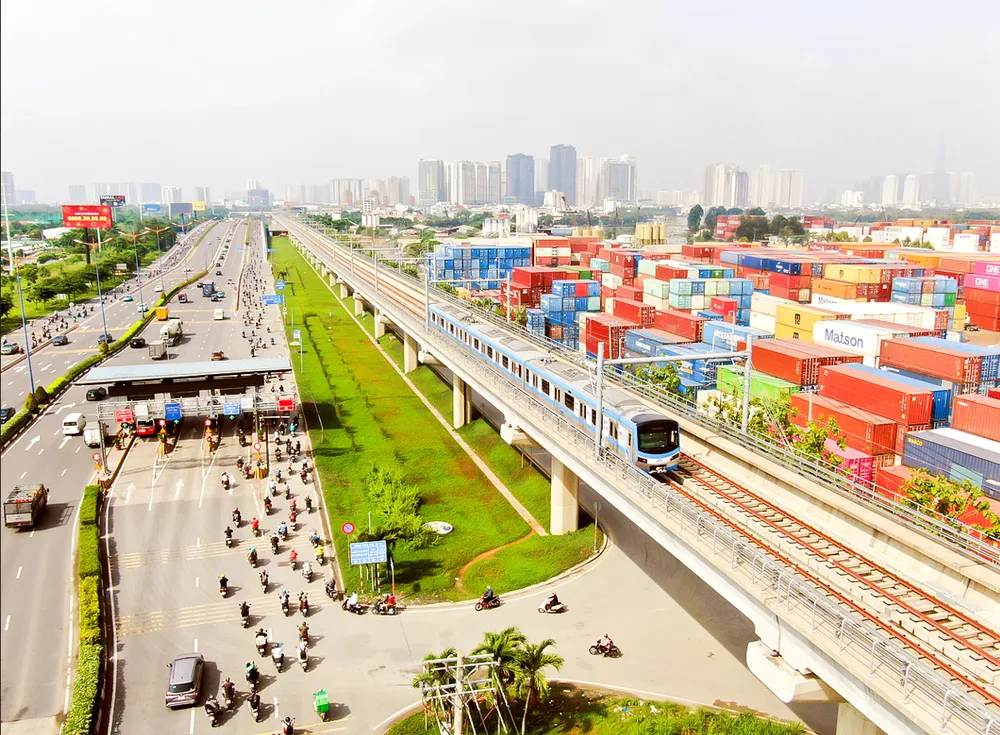
The merger of the three most dynamic development poles in the South into Ho Chi Minh City creates an economic-urban entity with an area of over 6,770km2, a population of over 14 million people, contributing about 24% of GRDP and nearly 40% of the national budget.
When the financial and service strength of Ho Chi Minh City now meets the abundant FDI capital flow from Binh Duong province and connects with the Cai Mep - Thi Vai deep-water seaport of Ba Ria - Vung Tau province, a complete production - logistics - trade value chain is immediately formed, opening up a new development range for the key economic region in the South and for the whole country in the context of strong global competition.
According to Mr. Nguyen Anh Minh, Director of the Department of Construction of Binh Duong province, the merger of the three localities will form a smart super city, optimizing the strengths of each locality to create a closely linked region, complementing each other in industry, services, logistics, seaports, energy and marine tourism. The new Ho Chi Minh City will accelerate the investment progress of infrastructure systems, housing, and smart cities worthy of the scale of a super city.
Associate Professor Dr. Nguyen Ngoc Vinh, Deputy Director of the Institute for Regional Development Research and Consulting (Ho Chi Minh City University of Economics), assessed that the formation of the new Ho Chi Minh City has marked a strategic shift in the process of restructuring the development space of the entire region.
On that basis, a coastal super urban - industrial - service center has been formed, creating a new growth momentum. According to experts, Ho Chi Minh City has just developed a regional international financial center in Thu Thiem to attract global capital flows, contributing to positioning Vietnam on the international financial map; developing a smart urban chain connecting Ho Chi Minh City - Di An - Thuan An - Thu Dau Mot - Ben Cat - Phu My - Ba Ria - Vung Tau. Along with that, developing an innovation corridor stretching from the Eastern Creative Urban Area of Ho Chi Minh City (Thu Duc) to industrial - service - seaport poles such as Di An, Ben Cat, Phu My, Ba Ria, Vung Tau.
At the same time, develop a smart port - logistics cluster in Cai Mep - Thi Vai - Can Gio following the model of a digital super port and an integrated logistics system - operated by big data; develop a high-end eco-tourism - resort center in Vung Tau - Can Gio, positioning it as a green, smart international destination, combining conservation with development...
General Secretary TO LAM:
Vision to become an international megacity
The new vision for Ho Chi Minh City is to become an international megacity of Southeast Asia - a smart, green, creative city, typical not only of economic strength but also of richness in culture, arts, sports, entertainment and modern, dynamic lifestyle.
The new Ho Chi Minh City will be a regional center of finance, trade, logistics, high-tech industry and sea tourism; with a development orientation based on digital technology, green economy, environmental sustainability, harmonious, connected, open and civilized society, crystallizing advanced values of Asia and the world; striving to be an attractive place, converging talents, "creatives", domestic and international entrepreneurs, a favorable place for startups, innovation, nurturing new trends and advanced models.
The new Ho Chi Minh City must not only be the national economic locomotive but also a modern urban area with influence in the network of global cities.
(Speaking at the working session with the Standing Committee of the City Party Committee, Provincial Party Committee: Ho Chi Minh City, Binh Duong, Ba Ria - Vung Tau)
Dr. Truong Hoang Truong, Head of Department of Urban Infrastructure, University of Social Sciences and Humanities, Vietnam National University, Ho Chi Minh City:
Preservation and development of culture
The formation of a new megacity needs to focus on local people, who are the main resource in preserving and developing local culture because they have understanding, life experience and strong ties with the locality.
Therefore, to preserve the local community character, it is necessary to encourage the participation of the community itself in managing and developing local culture.
MSc. NGUYEN TUAN ANH, Public policy expert:
"Golden opportunity" to form a megacity
This is a “golden opportunity” to form a multi-polar, multi-center urban area, with balanced development of industry, services, tourism and creativity. The new Ho Chi Minh City cannot be an expanded copy of the old city.
It must be a smart, green, innovative, prosperous and globally competitive city. A city where people are happy, given opportunities to thrive and protected by a transparent and effective government.
Infrastructure breakthrough, solving inter-regional bottlenecks
Despite possessing great potential for marine economic development after the merger, Associate Professor Dr. Nguyen Ngoc Vinh acknowledged that the new Ho Chi Minh City still faces a number of major challenges, requiring close coordination between the government, businesses and relevant parties. Transport and logistics infrastructure is not yet complete, there is a lack of integrated marine spatial planning and limitations in specific financial mechanisms.
One of the major bottlenecks in the development of the Southern Key Economic Zone is the weak and unsynchronized infrastructure between the provinces. After the reorganization and consolidation, Ho Chi Minh City will be able to plan and invest in infrastructure in a unified and consistent manner.
Mr. Tran Quang Lam, Acting Director of the Department of Construction of Ho Chi Minh City, shared that in the period of 2026-2030, the city plans to allocate about 766,000 billion VND of public investment capital for the transport sector, accounting for the largest proportion ever. This will be a strong boost to help complete the Ring Road 3, Ring Road 4, Ben Luc - Long Thanh Expressway, expand National Highway 13, Thu Thiem - Long Thanh Railway, creating an effective cross-regional connection axis.
Regional arterial roads will also be expanded or upgraded, helping to shorten transportation times, reduce logistics costs, and increase the ability to effectively exploit industrial parks, export processing zones, and agricultural raw material areas.
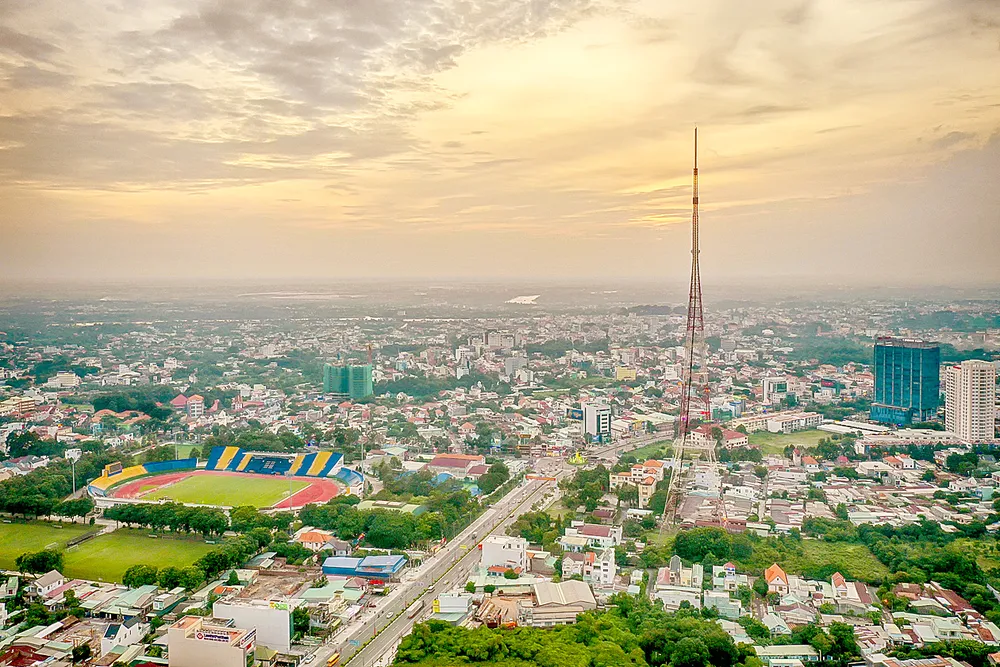
The division of functions among regions has and will create conditions for the development of a diversified production value chain. Binh Duong continues to be an industrial center with green industrial parks applying high technology; Thu Duc City forms a financial - start-up - innovation center; Can Gio and Vung Tau develop international-scale eco-tourism and island resorts; Long Thanh and Cu Chi develop high-tech agriculture associated with export.
Associate Professor Dr. Nguyen Ngoc Vinh commented that the new Ho Chi Minh City needs to be organized according to a multi-center model, in which new regions will take on the role of special satellite centers such as logistics, clean energy, and marine economy.
A megacity cannot operate effectively if its governance system remains fragmented and overlapping. Dr. Huynh Thanh Dien assessed that the transition to a two-level local government model (province - commune/ward) is a breakthrough in governance thinking. The abolition of the district level helps shorten the administrative chain, reduce delays in policy implementation, and limit overlap and dispersion of resources.
Therefore, to overcome the post-merger challenges, it is necessary to synchronously deploy systemic solutions. First of all, it is necessary to build an integrated and comprehensive development plan, prioritizing regional interests and a vision of connectivity instead of the old geographically dispersed thinking. Planning for infrastructure, urban areas, public services, education, and health care needs to be centrally coordinated at the provincial level, but still ensuring a consultation mechanism from the grassroots level.
The new Ho Chi Minh City is facing the moment of reshaping the role of a megacity of national and world stature. On July 1, the new Ho Chi Minh City - a megacity - will begin to take shape. The new Ho Chi Minh City can completely rise to the level of Asia's leading developed urban areas, playing the role of an international connection center.
Source: https://www.sggp.org.vn/sieu-do-thi-dong-luc-phat-trien-cua-khu-vuc-post801104.html





![[Photo] Dan Mountain Ginseng, a precious gift from nature to Kinh Bac land](/_next/image?url=https%3A%2F%2Fvphoto.vietnam.vn%2Fthumb%2F1200x675%2Fvietnam%2Fresource%2FIMAGE%2F2025%2F11%2F30%2F1764493588163_ndo_br_anh-longform-jpg.webp&w=3840&q=75)


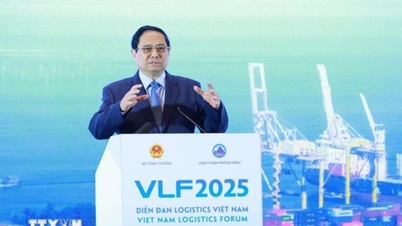

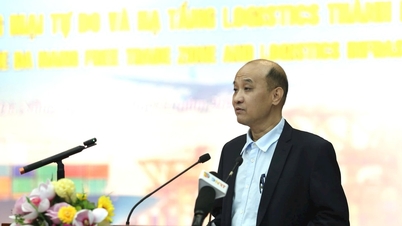

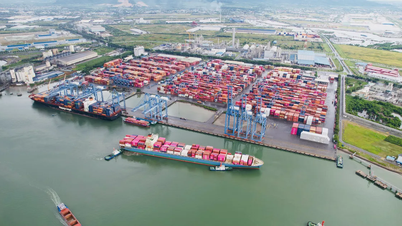
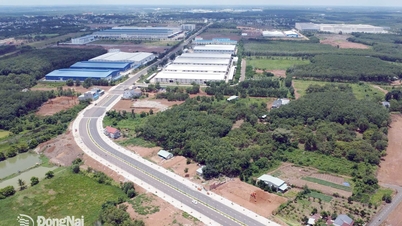

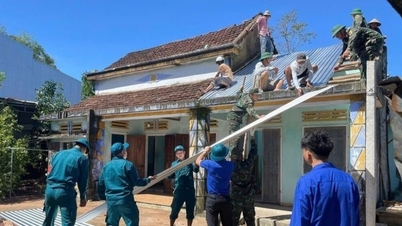
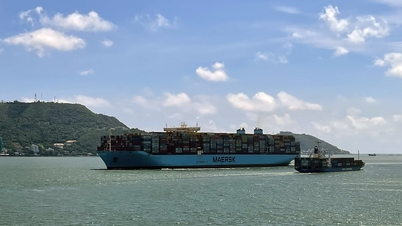



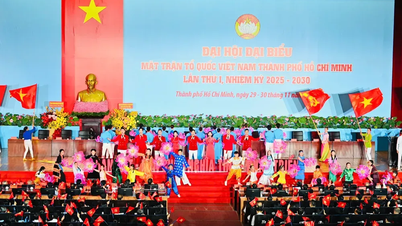
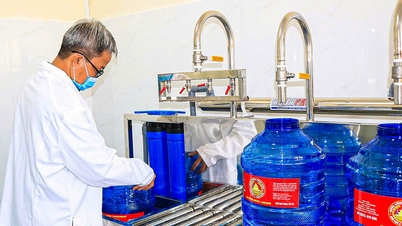










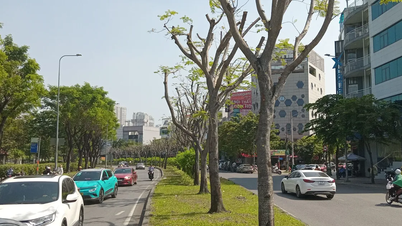
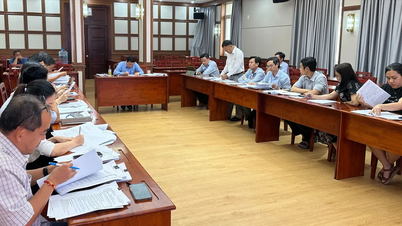


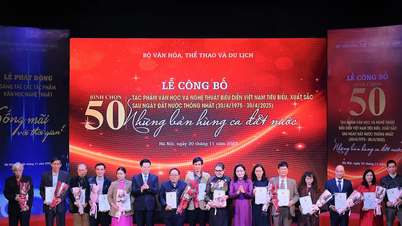
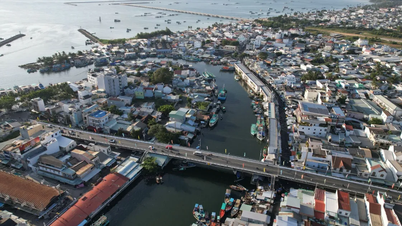

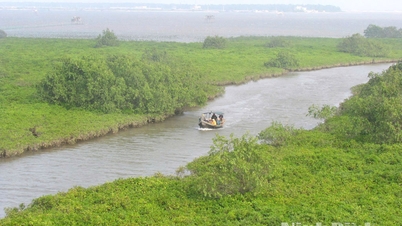

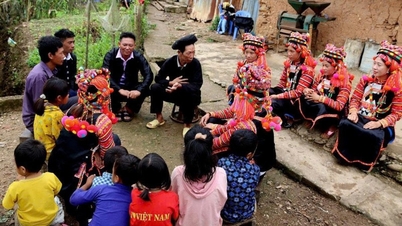

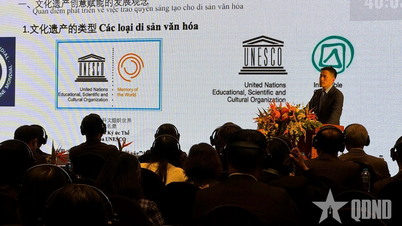

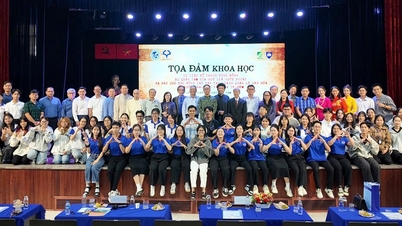









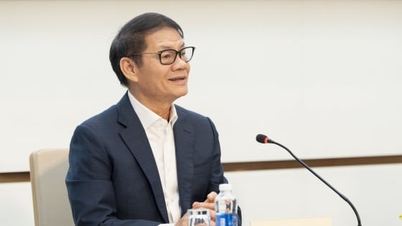


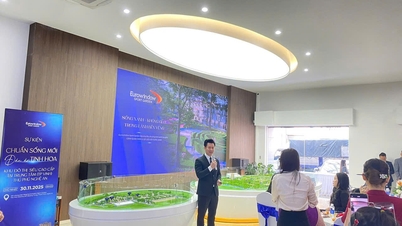

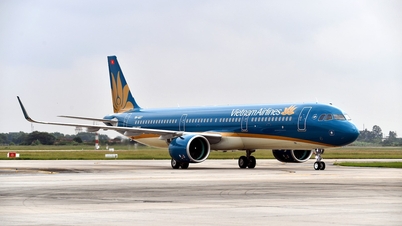
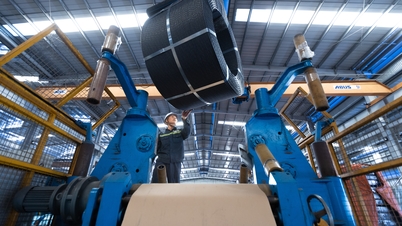

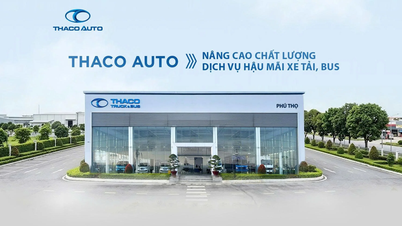






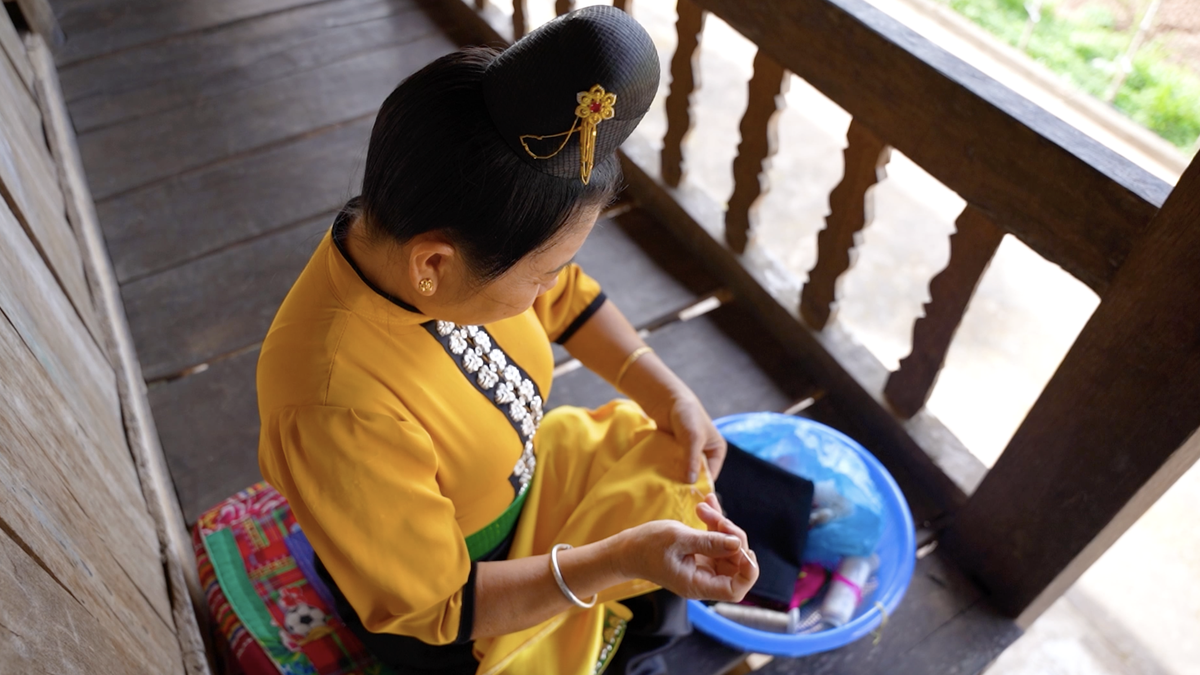
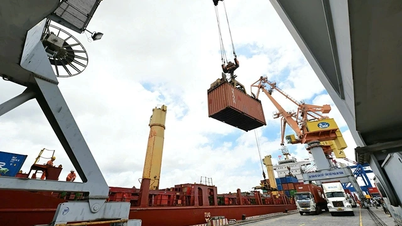


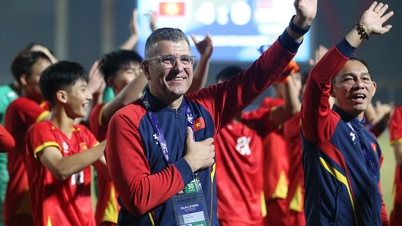

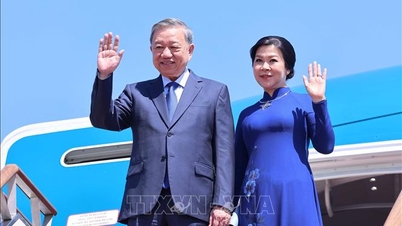




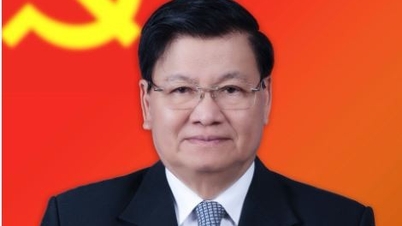
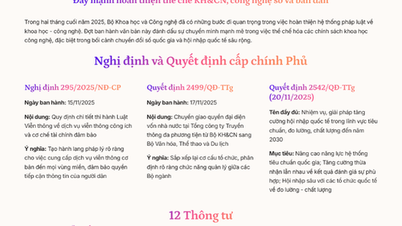

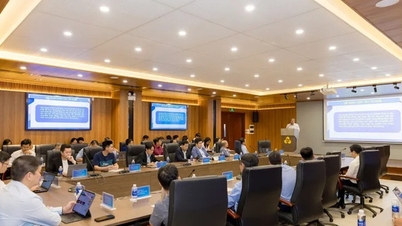

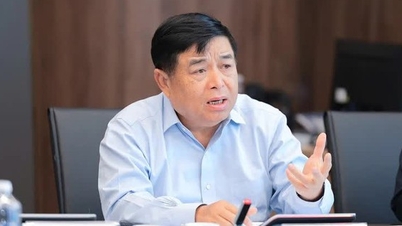


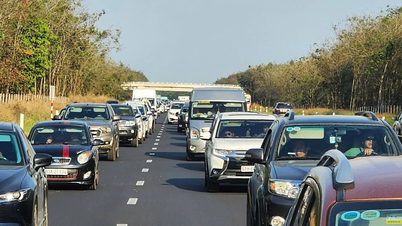









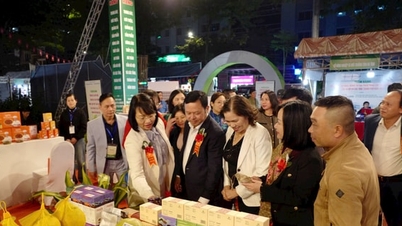
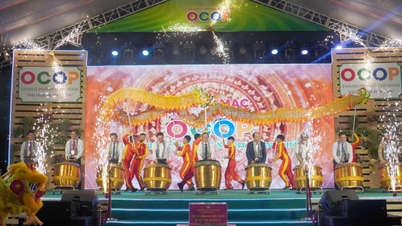





Comment (0)